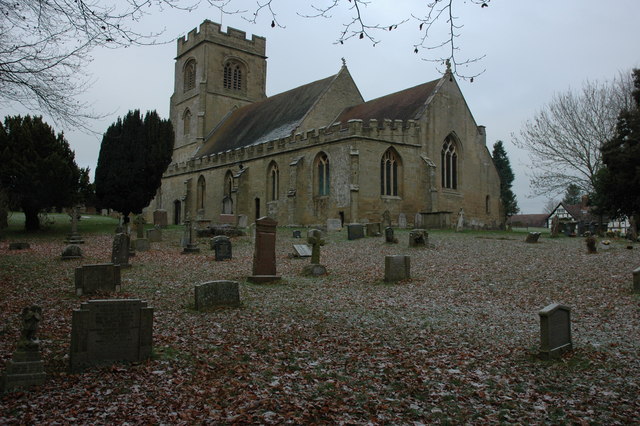First was in the village of Rock. The church of St Peter and St Paul at Rock is the largest Norman Parish Church in Worcestershire and has some of the finest examples of Northern Architecture in the West Midlands. The main body of the Church, including the very fine Norman Chancel Arch, was built around 1160 with further addition in the 15th and 16th centuries.Unfortunately a wedding party had just arrived so I have had to make do with a photo from 2010 from Geograph
(Thank you Philip Halling)

I then moved on to Bayton - I had read on the web that the view when you stand beside the tower is superb, 'a sweeping, unspoilt panorama streaching down to the Rhea Valley and then up to the Clee Hills and the Welsh Hills beyond. The slender spire of Cleobury Church rises from a fold in the hills'
This, for once was not an exaggeration :
The church itself was also a beautiful example of a Worcestershire village church - St Bartholomew‘s dates from the mid 12th Century. This original church was much smaller than the one we see today, the tower at the West end and the Chancel at the East being added later.
The fine drumshaped font with ropemoulding, scrolls and longribbed leaves dates from the Norman era.
A heavy "restoration" was carried out in 1818 and again in 1905 when the chancel was entirely rebuilt but three massive oak tiebeams in the roof pre-date this work.
One unusual feature is the East window depicting the Risen Christ in Glory from whom rays of light fall upon the church itself .
After Bayton I went to Cleobury Mortimer and the church of St Mary the Virgin.
The present church dates from c1160 with rebuilding and extensions during 14th and 15th centuries. It was restored in 1874-5 by Sir Gilbert Scott and its prominent features are the leaning walls and twisted spire which forms a distinctive local landmark.
I was looking forward to going inside but once again, as can be seen by the people gathering in front of the church, i could not - sadly this time it was a funeral that was being held.
Close by the churchyard is The Wells, fed from a local spring and for centuries serving as a public water supply.














































